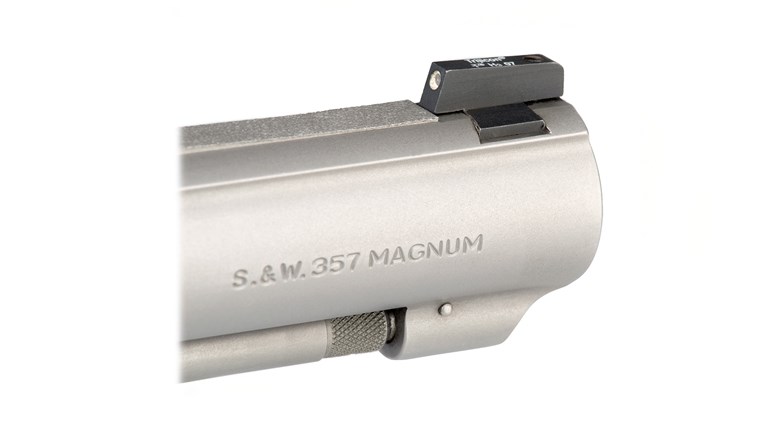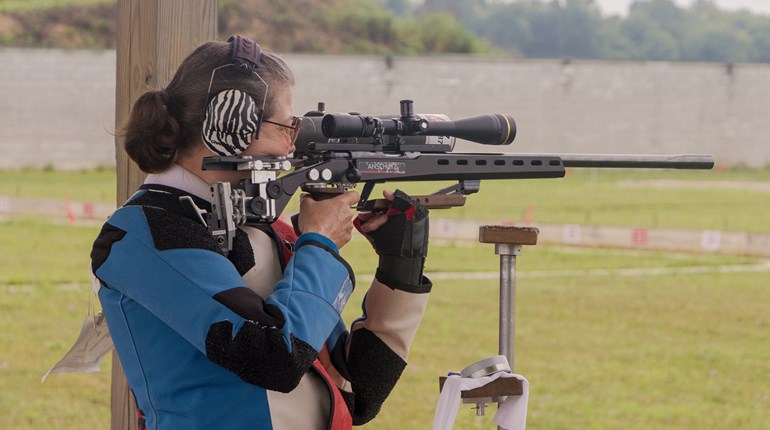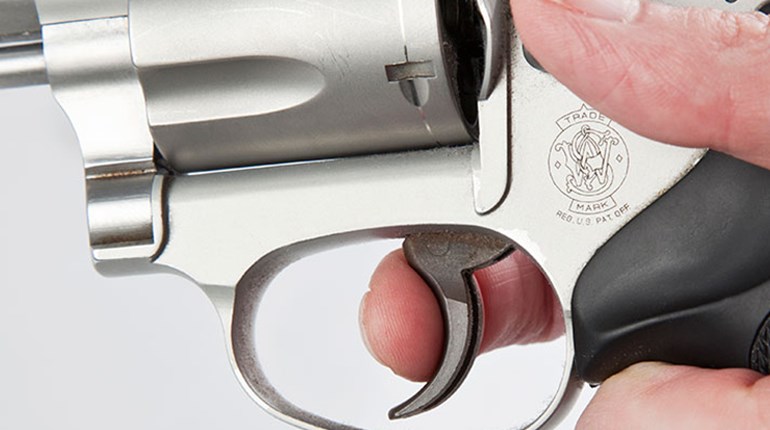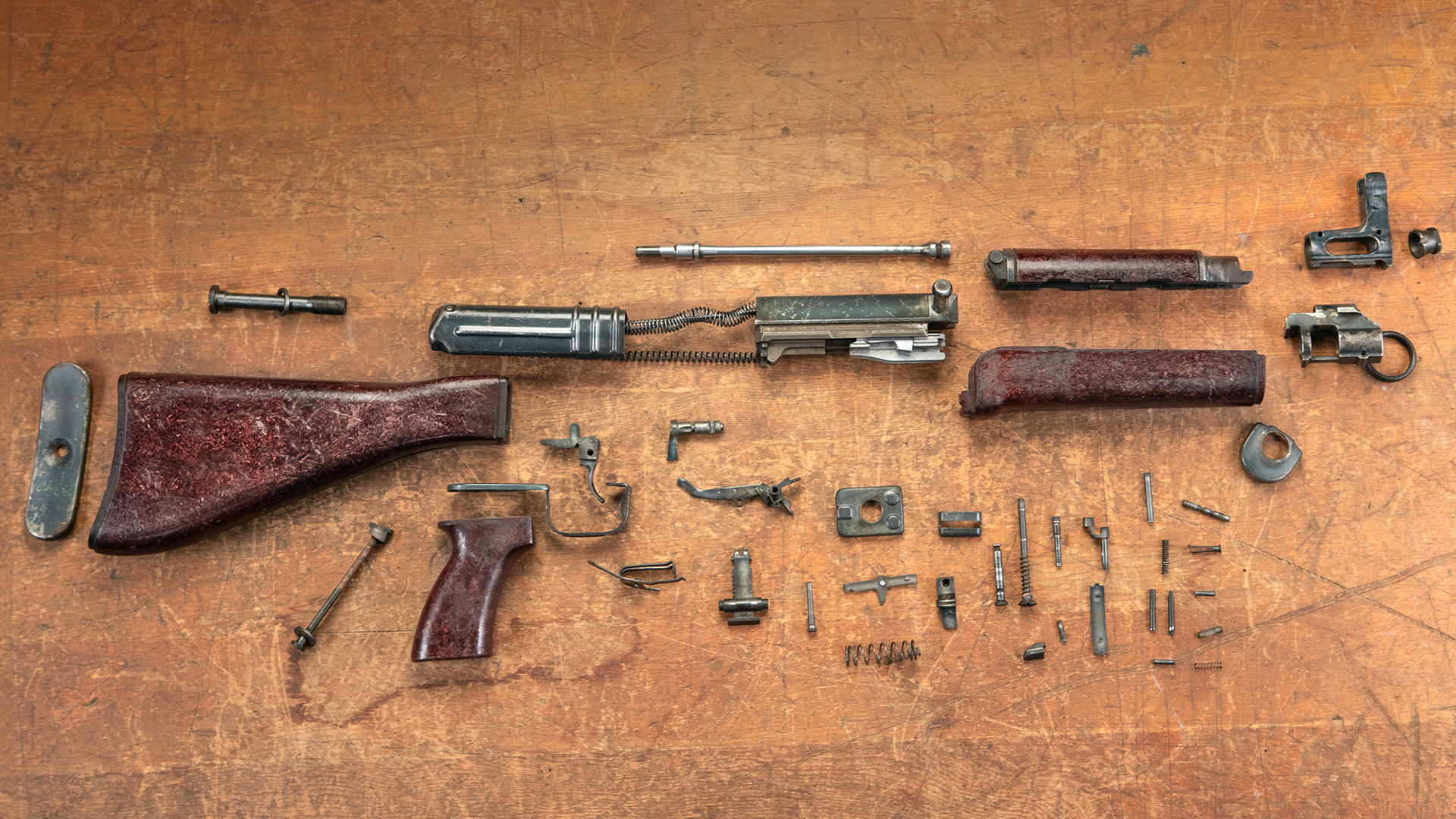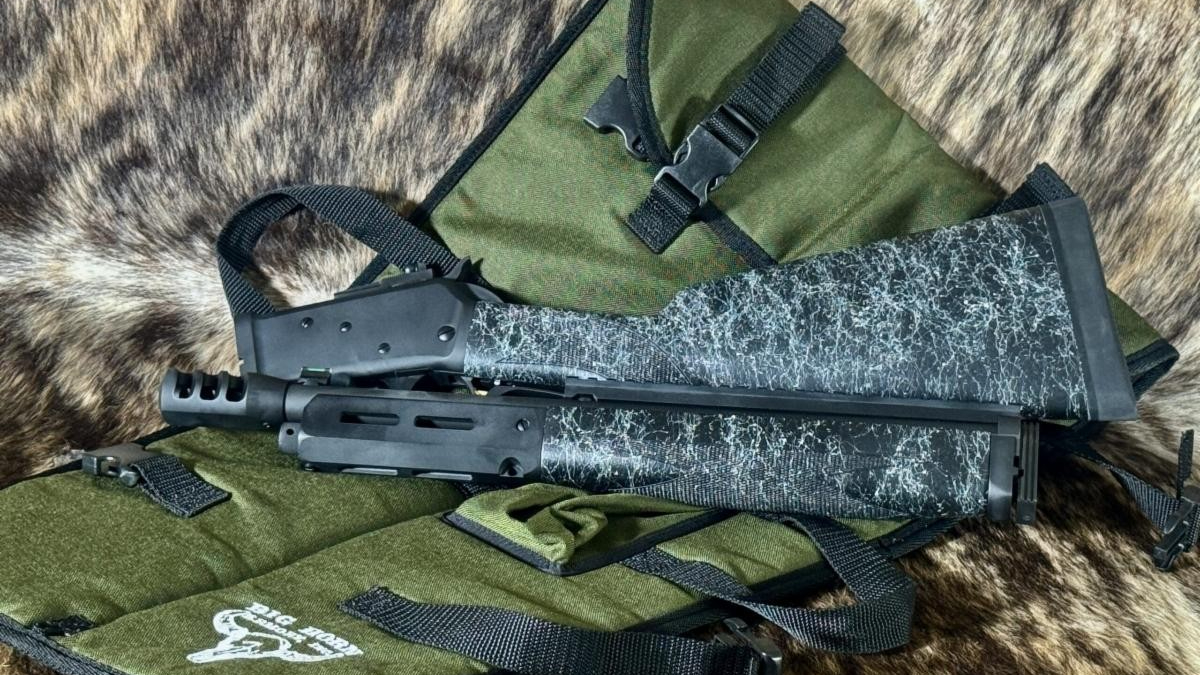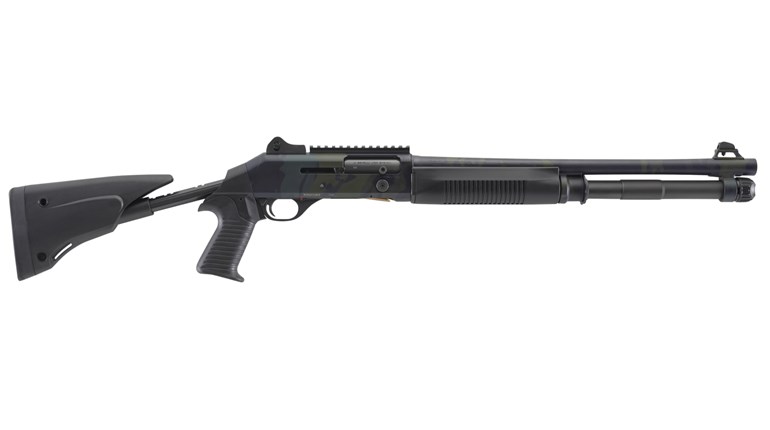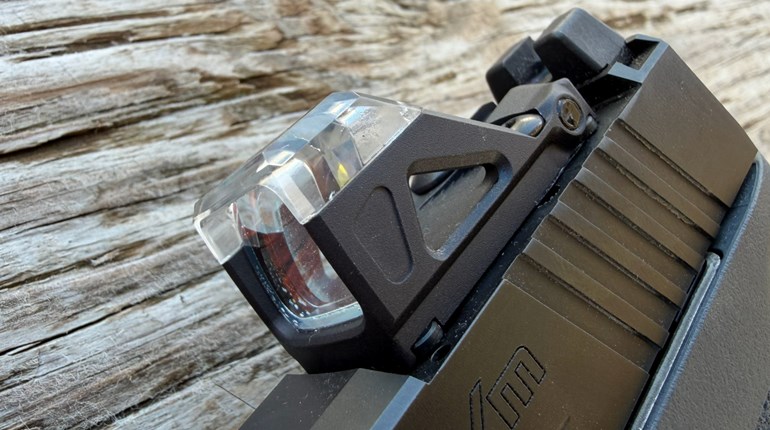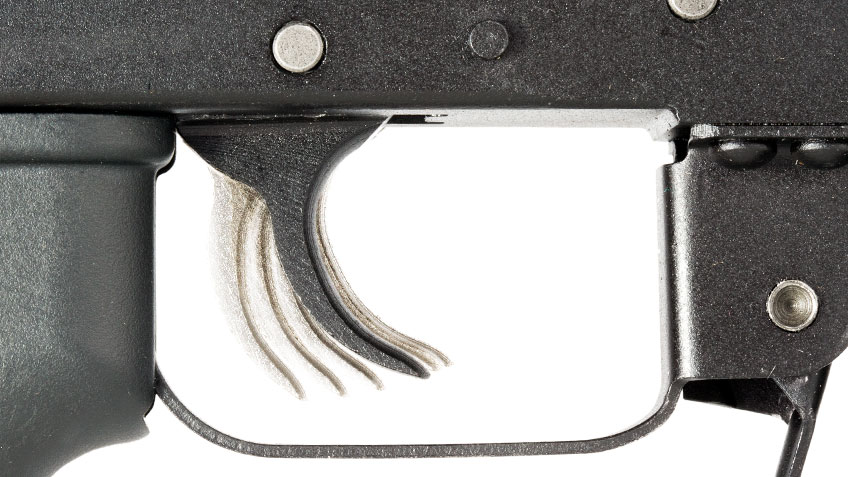
The Problem
Much has been written about trigger control since the beginning of shooting. But, the majority of writing on the subject is focused primarily on the rearward movement of the trigger, with little-to-no attention given to the forward movement. After closely observing a group of shooters at your gun club, you notice some of them focusing on controlling the rearward and forward motion of the trigger, while others are concerned only with the rearward trigger movement—regardless of whether they are shooting rifles or handguns. You also notice that this phenomenon is equally applicable to good shooters and those with less-than-mediocre skills. You wonder what the practical difference is between the two methods of operating the trigger and why one technique should be selected over the other.
The Solution
Trigger manipulation of a firearm is one of the most controversial subjects in the shooting universe. The simple terminology of describing the optimum movement of the trigger, such as squeeze, press or pull can start a heated discussion as to which is correct amongst almost any group of shooters.
Controlling the trigger after firing a shot (or shots) is a whole different subject. In fact, some people don’t even recognize the forward movement of the trigger as a subject that’s worthy of discussion.
Those who feel forward-trigger movement is an important component of shot delivery usually fall into one of two camps. Those camps are referred to in general terms as either trigger re-setters or trigger slappers. Either method will work as long as the movement of the trigger has little-to-no effect on the relation of the muzzle of the gun to the target.
Trigger re-setters believe once the index finger makes initial contact with the trigger, it should not lose contact with the trigger through one or multiple shots, until the shooting is complete. That is to say the trigger movement is controlled rearward until discharge is achieved, followed by a controlled forward movement of the trigger until reset occurs, in which the firearm is mechanically readied to fire the next shot.
Resetting the trigger is an excellent method of teaching trigger control to students at the foundational or intermediate level, because it minimizes the rearward and forward movement of the trigger to the least amount possible while firing the gun. Resetting also lends itself to reinforcing follow-through, which is the execution of the fundamentals of shooting through the exit of the bullet from the muzzle. When accuracy has the edge over speed in delivering shots to target, using the reset method of trigger control is a superior method of accomplishing the goal.
Trigger slapping is when the trigger finger loses contact with the trigger as both move forward after a shot is fired. Trigger slapping usually has two meanings in the firearms community. One is good; and the other, not so much. The not so much comes from the less-experienced shooter trying to make the gun fire at the exact time the sights are seen on the target as they bob and weave on and off the perceived point-of-impact. This comes from a visual deficiency in the shot-delivery process, which creates an emotional response of anxiety culminating in a physical action of futility by the trigger finger. This type of trigger slap usually is violent enough to move the muzzle even farther off target as the bullet exits, resulting in a less-than-desirable group.
The positive side of trigger slap comes from the self-aware shooter who is interested in shooting fast with an acceptable degree of accuracy, without absolute precision. An example of this would be an IDPA target in which a perfect score from an accuracy standpoint has to have all hits inside an 8-inch scoring circle. One ragged hole in the center of the circle gives no more point advantage than all shots spread evenly over the 8-inch scoring circle. It takes less time to shoot a more-open shot group than a tight shot group, so the advantage goes to the shooter shooting the perfect score in the least amount of time. The caveat here is while the trigger finger may lose contact with the trigger each time it is released, the rearward stroke has little-to-no effect upon the relationship of the muzzle to the target.
The more advanced shooters use what I have termed as variable-focus shooting. Succinctly, this means the more precise the shot needs to be, the harder the eye focus needs to be on the sights with more deliberation allotted to the trigger pull and reset. When the targets are generous in size and speed is factored into the accuracy component, the eye focus may be anywhere from the front sight to the target and a slap on the trigger, while not as precise as a controlled reset, is still sufficient to achieve the target hits desired by the shooter.
With the objective of shooting being hitting the intended target, it really doesn’t matter whether the shooter resets the trigger without losing contact or slaps the trigger. As long as the muzzle’s position on the target isn’t adversely effected by the manipulation of the trigger, mission accomplished.












